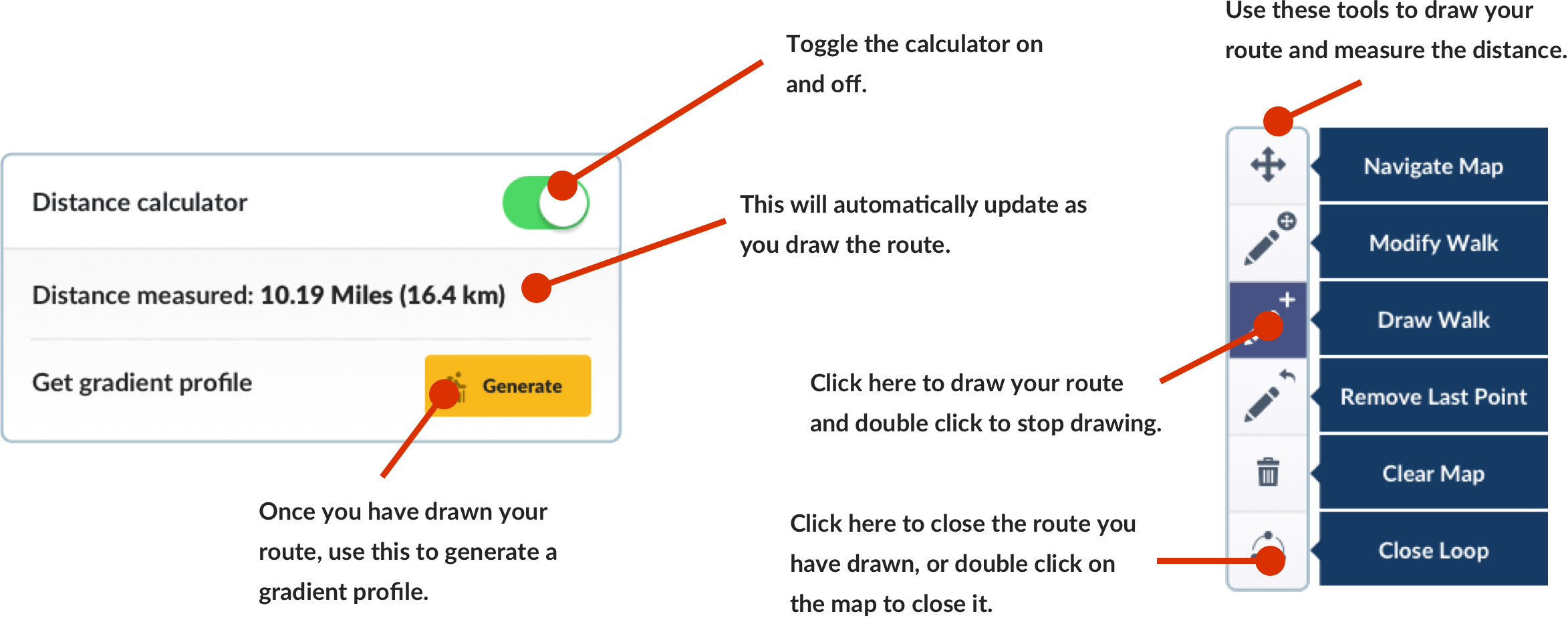Added to your Itinerary Planner below
Distance calculator
Map Filters

Customise your trip with our filters.
Map Filters

Toggle between the options below to show available markers.
General info Equestrian Info Cycling InfoAccommodation
Points of interest
Services
Routes
Accommodation
Points of interest
Transport
Accommodation
Points of interest
Transport
The custom route elevation is created when you use the distance calculator (above) to draw a line.
The custom route elevation is created when you use the distance calculator to draw a line.

The 9 mile route can be followed in either direction, and whichever you choose, you’ll be treated to spectacular views of the North Norfolk coast, intimate woodland paths and sunken lanes as you climb toward the summit of Beacon Hill, also known locally as ‘Roman Camp’. Standing 103 metres above sea level, the hill is part of the Cromer ridge, a line of glacial moraines formed during the last Ice Age. A great challenge for any walker, the climb is worth it not only for the view, but also the unique feeling of reaching the highest point in the whole of East Anglia.
In spite of the name, it’s likely that there was never any Roman occupation on the site. The earthworks that you’ll see on your walk are probably the remains of a signal station built during the Napoleonic Wars. It’s thought that the term ‘Roman Camp’ was actually coined by the drivers of horse-drawn cabs in the late 19th Century as a way of making the area more appealing to tourists.
Continuing on to Cromer, the walk undulates along hedged tracks between mixed woodland and open fields, before reaching the town and iconic pier. After enjoying the Victorian seaside resort, follow the Norfolk Coast Path back to West Runton beach. Heading along the cliff top with short detours inland, keep an eye out for surfers enjoying the waves and para-gliders launching themselves from the cliffs.